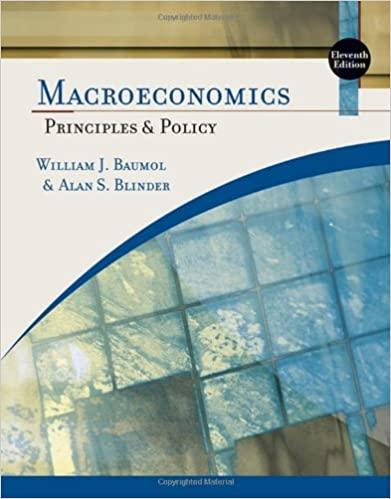Question
Robinson Crusoe obtains utility from the quantity of fish he consumes in one day (F), the quantity of coconuts he consumes that day (C), and
Robinson Crusoe obtains utility from the quantity of fish he consumes in one day (F), the quantity of coconuts he consumes that day (C), and the hours of leisure time he has during the day (L) according to the utility function: U + F1/4C1/4L1/2
Robinson's production of fish is given by: F = (NF)1/2 where NF is the hours he spends fishing.
Robinson's production of coconuts is given by C + (NC)1/2, where NC is the hours he spends picking coconuts.
Robinson is also bound by the constraint: NF + NC + L = 24.
what are Robinson's optimal hours of fishing (NF*), picking coconuts (NC*), and leisure, (L*)?
Step by Step Solution
There are 3 Steps involved in it
Step: 1

Get Instant Access to Expert-Tailored Solutions
See step-by-step solutions with expert insights and AI powered tools for academic success
Step: 2

Step: 3

Ace Your Homework with AI
Get the answers you need in no time with our AI-driven, step-by-step assistance
Get Started


